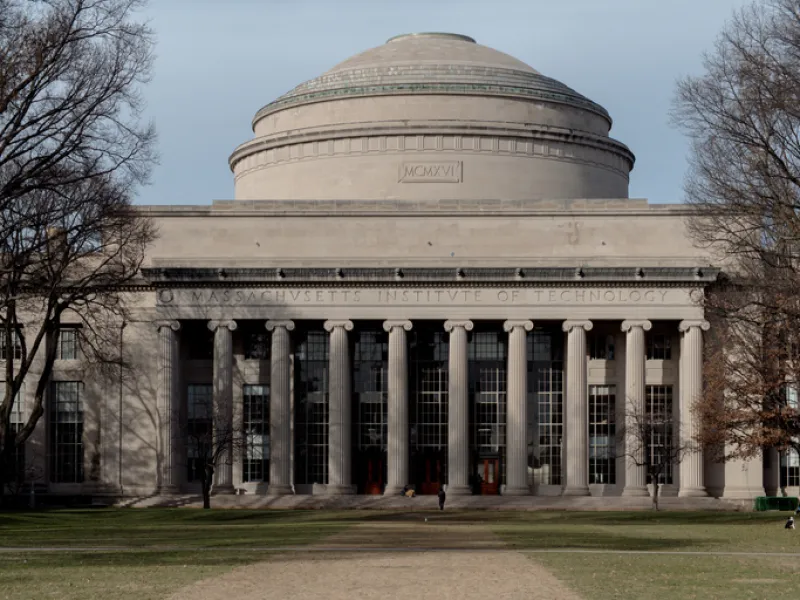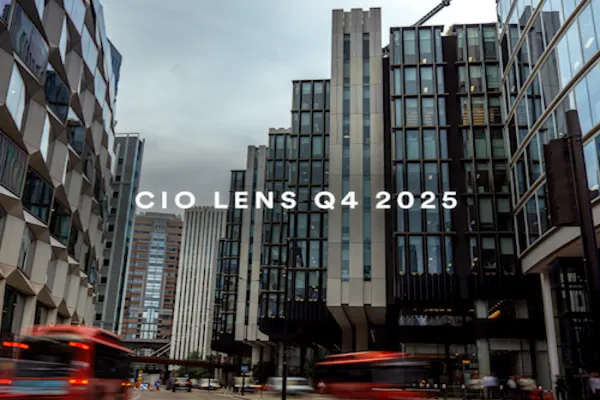Strong markets buoyed by successful active management helped almost all Ivy League endowments post higher returns this year than last — but they are still being dragged down by private equity and other illiquid assets.
Of the nine Ivy endowments that posted returns as of October 27, M.I.T. and Stanford top the list, returning a net 14.8 percent and 14.3 percent, respectively, for their fiscal years (by comparison, these endowments returned 8.9 percent and 8.4 percent, respectively, in FY24).
Columbia, meanwhile, returned 12.4 percent (up from 11.5 percent in FY24). Kim Lew, president and CEO of Columbia Investment Management Co., said while the endowment’s “private investments saw a significant improvement versus the last few years … performance still lags public market performance.”
Following Columbia, the University of Pennsylvania returned 12.2 percent; Brown, 11.9 percent; Harvard, 11.9 percent; Yale,11.1 percent; Princeton, 11 percent; and Dartmouth, 10.8 percent.
Cornell University had not yet issued its annual endowment returns as of the morning of October 27.
These results follow a period of financial and political turmoil, including federal funding and hiring freezes and a looming new endowment tax that was passed this year and has affected most of the Ivy League endowments: Harvard, Yale, Princeton, and Stanford are now taxed at 8 percent, while Penn’s and Dartmouth’s rate rose to 4 percent. The rest are expected to remain at the current rate of 1.4 percent.
“It’s been a perfect storm of pinched operations and slower returns of capital than we thought,” said Brad Conger, chief investment officer for Hirtle Callaghan. “Trying to buy some protection [in diversifying assets] hasn’t worked.”
The Private Equity Problem
Conger told Institutional Investor that with large Ivy League endowment portfolios, private equity remains the most pressing issue. “The big challenge is what will they do with their private equity? That’s been a mainstay asset class,” he said, adding that “the returns for the past three years have been much lower than anyone would have anticipated.”
Many endowments became overallocated after committing heavily in 2021 and 2022 when GPs sought rapid funding. “The Ivies stood by their partners and committed,” the Hirtle Callaghan CIO said. While they could cut their new allocations back, that risks missing a vintage year.
“They have a real problem,” Conger said, adding that most alternatives were challenged this year in addition to private equity. “A lot of these endowments have a 10 percent allocation to real estate, and that has been a crusher.”
However, Ivy League endowments’ highly illiquid portfolios still performed better than the year before. “Given the challenges of the diversifying asset classes like real estate, hedge funds, [and] private credit… what they’ve achieved is very good,” Conger said.
In addition to strong equity markets, active management also lifted returns. Columbia cited strong individual manager performance as a major driver of the $15.9 billion endowment’s strong returns. However, many managers faced headwinds from underweight positions in the largest U.S. technology stocks compared to index weights.
“Active managers have had a tough couple of years because they tend not to own full weight in the Mag7 stocks,” Conger said. “Anything diversifying away from large-cap stocks tends to hurt you.”
(Correction: An earlier version misstated the new endowment tax tiers.)







